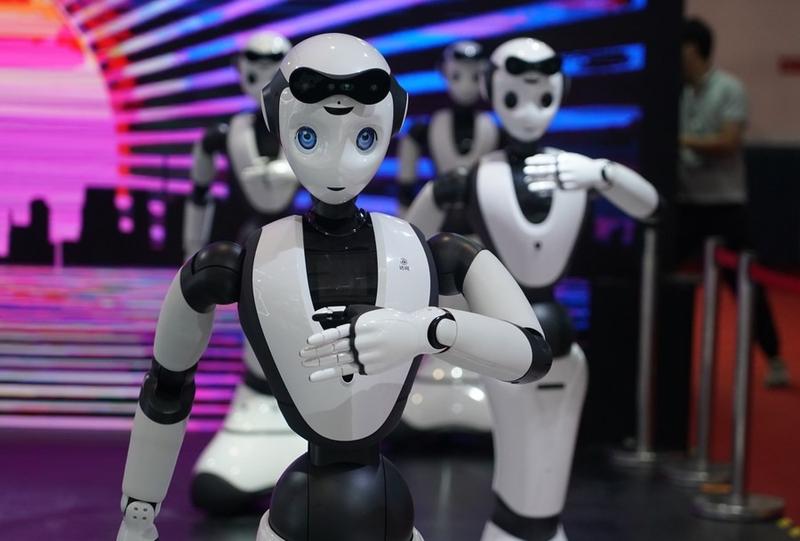 Humanoid robots perform at the World Robot Conference 2023 in Beijing, China, Aug 16, 2023. (PHOTO / XINHUA)
Humanoid robots perform at the World Robot Conference 2023 in Beijing, China, Aug 16, 2023. (PHOTO / XINHUA)
China aims to achieve breakthroughs in humanoid robots, quantum computers, high-speed trains, next-generation aircraft, green intelligent ships and unmanned watercraft, as part of its broader push to cultivate future industries, according to a government guideline.
The guideline, unveiled by the Ministry of Industry and Information Technology along with six other government departments on Monday, emphasized seizing global trends in technology innovation and industrial development, with a particular focus on six key directions: future manufacturing, future information, future materials, future energy, future space and future health.
The guidelines also advocate harnessing the incremental power of cutting-edge technologies, directing efforts towards high-end, intelligent and green developments
To achieve these objectives, the guideline proposes establishing a forward-looking platform for future industries. Leveraging technologies such as artificial intelligence and advanced computing, the platform aims to precisely identify and nurture high-potential future industries.
ALSO READ: Experts highlight 'future industries'
The plan also capitalizes on the advantages of China's innovative national system, guiding localities to strategically plan, precisely cultivate, and promote the development of future industries based on their existing industrial foundations and resource endowments.
Furthermore, the guidelines advocate harnessing the incremental power of cutting-edge technologies, directing efforts towards high-end, intelligent and green developments. This includes accelerating the transformation and upgrading of traditional industries, providing a new impetus for constructing a modern industrial system.
READ MORE: High-tech road to the future
Additionally, there is a push for the establishment of an extensive new type of intelligent computing center. This entails accelerating breakthroughs in technologies like GPU chips, low-latency interconnected networks for clusters and heterogeneous resource management.
The aim is to build a super-large-scale intelligent computing center capable of meeting the demands of large model iterative training and application inference, thus addressing the evolving needs of the industry and society, the guideline said.


